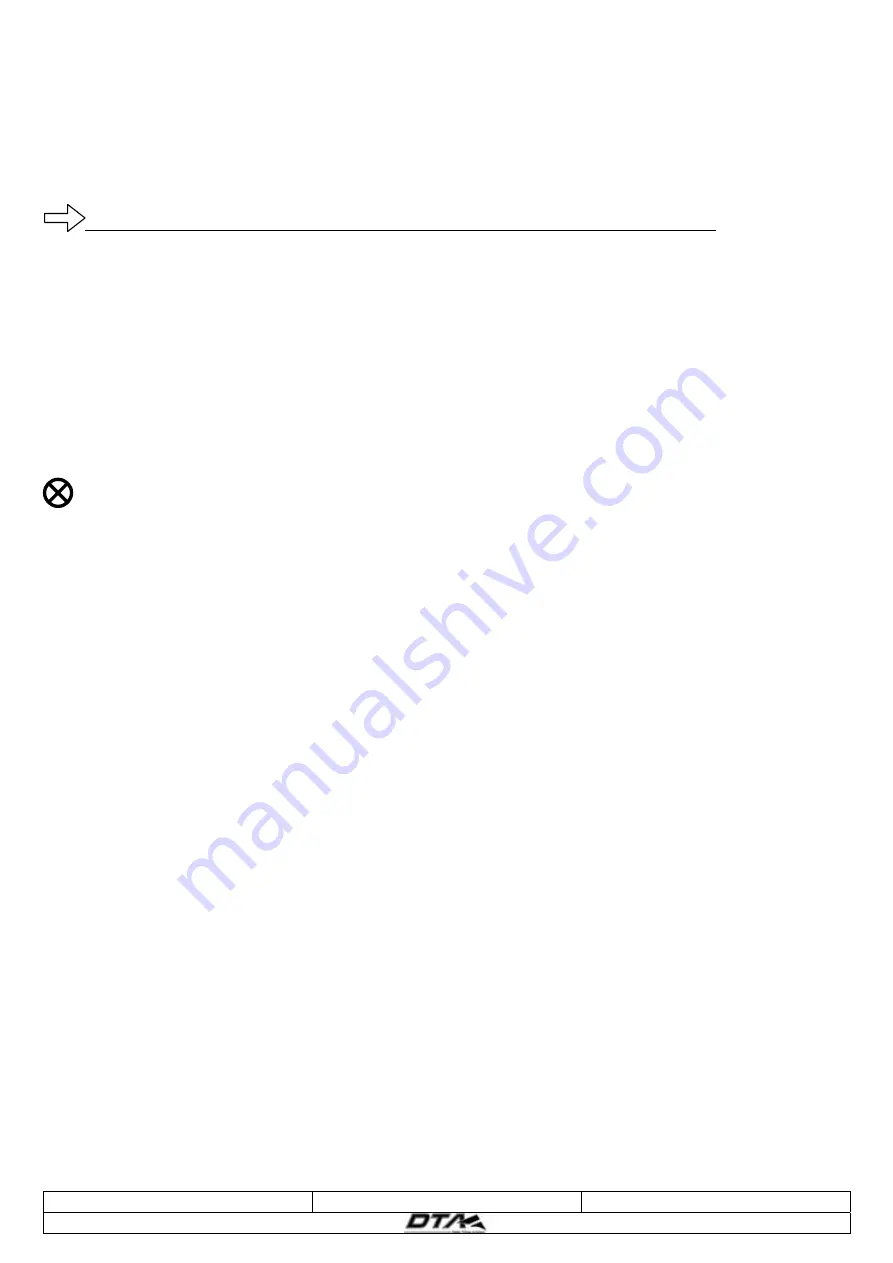
Stalls :
The stall will be all the more easy to reach when the hang position of the wing is in back
position and with significant load. The onset of a stall appears as an intensification of the effort
required to push the control bar out and some jolts/bumps. It is enough to decrease the pressure
on the control bar so that the wing gains airspeed. The loss of altitude will be limited to a few tens
of meters.
If the bar pressure is maintained throughout the stall, the stall can become a more pronounced
manoeuvre. A non-symmetrical (wing drop left or right) is possible.
All stall practice should be carried out with a minimum of 1500 ft altitude (AGL), in a gentle
descent, engine power reduced, with a gradual and controlled reduction in speed, with a
simultaneous and progressive outward pressure on the control bar.
Violently pulling the control bar towards oneself during a stall or attempting an aggravated stall
during a climb increases the risk of tumbling, this is due to the poor pitch damping effect of the
weight shift delta wings.
NOTE: It is PROHIBITED to undertake a series of connected stalls.
Load:
Any increase of load will increase the effort required to pilot the aircraft, as well as an
increase in stalling speed. The control bar neutral position will be slightly forward.
Rain, dew, frost, ice:
any layer water on the leading edge and the upper wing surface disturbs the
air flow.
The stall angle of the wing will be decreased. The associated stall speed will increase by
approximately 10 km/h. If you wipe the leading edges before the flight, wipe both sides of the wing
(right and left).
Strong wind:
when taxiing into wind hold the wing flat, control bar drawn slightly towards the pilot.
When taxiing with the wind: push the control bar forwards in order to avoiding having the aircraft
being blown over. Crosswind: lower the into-wind wing slightly. Grip the control bar firmly: it may be
necessary to exert significant force to maintain control of the wing.
Tie-down:
•
Gentle breeze: it is possible to leave the wing on the airframe, lowering a wing into the
wind, or face the Microlight, with the control bar secured to the seat, into wind (the angle of
attack will therefore be nil). The control bar is secured by fastening the control bar against
the front seat using the seatbelt.
•
Moderate wind: it is preferable that the wing be lowered and to place the control bar on the
ground close to the front wheel. (Nil angle of attack). The wing should be secured to the
ground at both ends of the keel and by the outside cross spars, which are accessible
through the hatches in the wing’s under-surface. The control bar should be secured to the
the nose wheel, and the keel behind the mast/pylon.
•
In the event of seriously degraded weather conditions: the wing should be lowered to the
ground, facing into wind, battens removed, sail de-tensioned. Weighted down or firmly
secured to the ground.
MAUT – EN DYN 450
Edition : June 2005
Section : 3 - 07





































